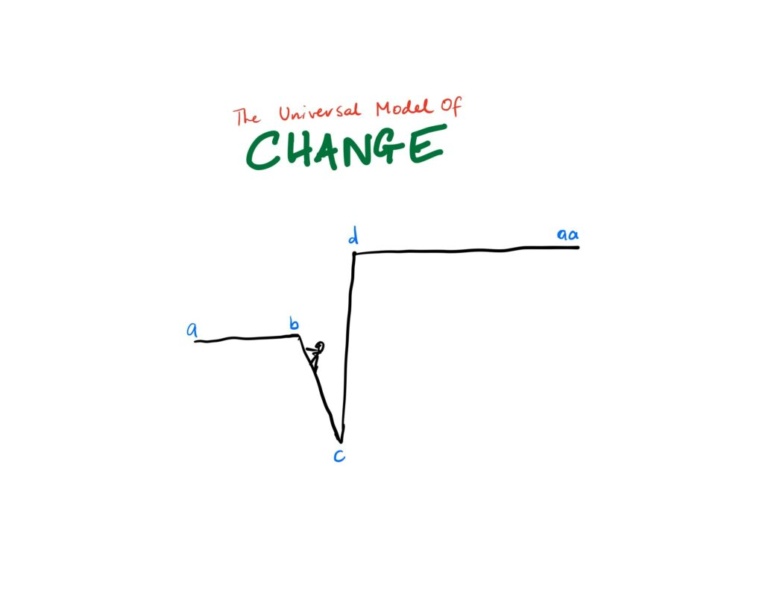Life Without Gates and Fences
One of the things people complain about these days with so many people working from home, is that it’s harder than ever to get past gatekeepers.
It’s not actually a new problem because over the past few years many sales people and business owners have found that it’s increasingly difficult to talk to the decision-makers and get them in the room for a presentation. In fact, it may not be a problem at all – if you use this behaviour to your advantage.
Think for a moment about life without gates and fences. You would have a constant onslaught of demands, messages, opportunities, and so on and you would never get any of your own work done because you would be at the mercy of OPE (Other People’s Emergencies) – and some of your colleagues may work that way. However, if you’re not in customer service you should have gates and fences around your own time, energy, and availability and I assume that you already do.
Imagine the decision maker who doesn’t have anything stopping the onslaught of messages. Unless you are a business or development coach that probably isn’t someone you want to work with because you already know a few things about them:
- They are easily distracted;
- They are inundated with options;
- They are probably not going to be fun to work with.
AND…
If you are looking for coaching clients then you absolutely need to make certain that the person with no gates or fences in place wants to change that situation and is fully aware of the price they are paying for their ‘open door’ policy.
In my experience, the person with an effective gatekeeper makes a fantastic long-term client once you have the opportunity to talk to them.



